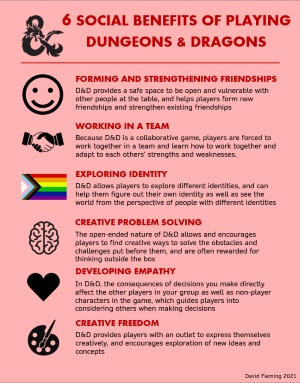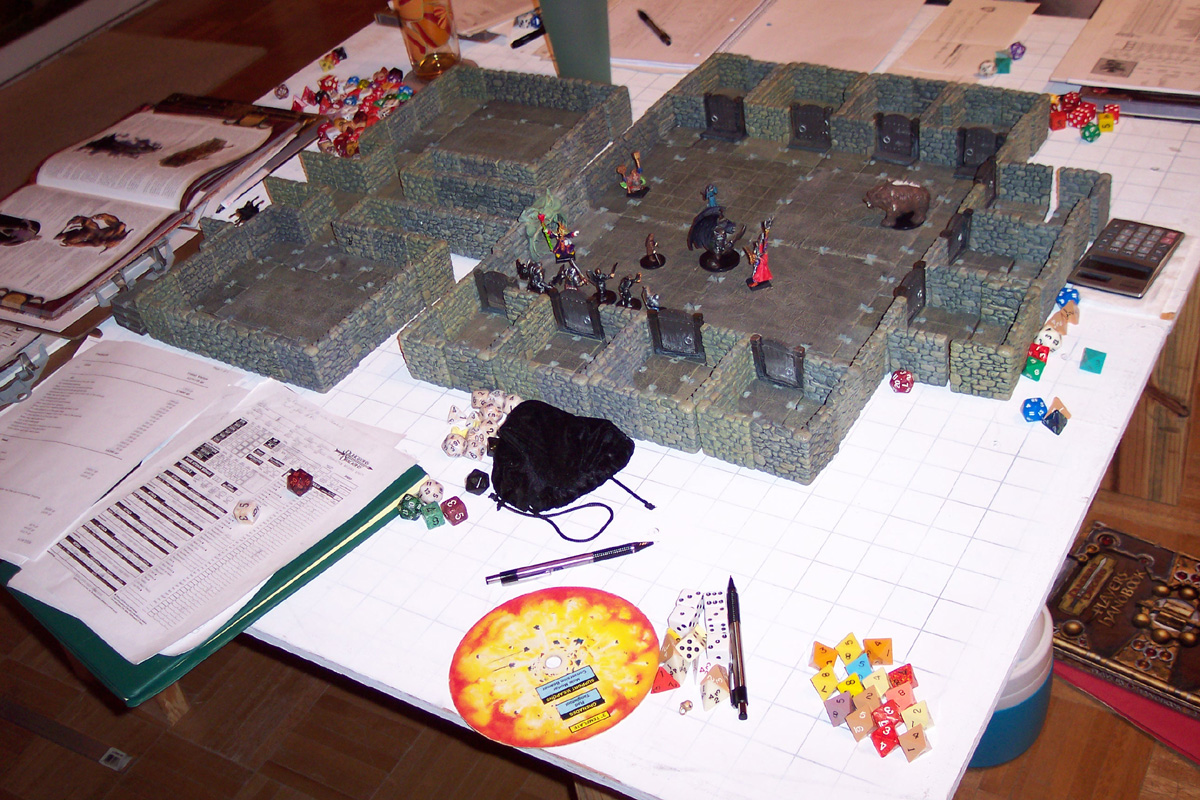People who don’t game often ask: “What is the point of Dungeons and Dragons?” The core of D&D is about storytelling. The group of players essentially tell a collective story, guiding their heroes through treacherous quests to search for loot, battle deadly enemies, and even carry out daring rescues. Most excitingly, the experience is only limited by the imagination of the players around the table.
In a world where entertainment options seem to grow exponentially by the day, Dungeons and Dragons (D&D) is standing the test of time. Far more than just a game, it has woven itself into the fabric of social gatherings and creative expression. It influences movies, books, art and perhaps surprisingly, it is also entering both leadership and personal development. But what exactly is the point of Dungeons and Dragons, and why does it continue to enchant players worldwide?
Understanding the Mechanics
At its core, Dungeons and Dragons is a tabletop role-playing game where players create characters and embark on adventures guided by a Dungeon Master (DM). The DM acts as a narrator, describing the world, setting challenges, and playing the roles of various characters the players encounter. The game relies heavily on imagination, with players making decisions and resolving actions through a combination of dice rolls and storytelling.
Players assume different roles within the game, each with its own set of abilities, strengths, and weaknesses. Cooperation and strategic thinking are essential as players navigate treacherous dungeons, solve puzzles, battle monsters, and interact with a richly crafted world.
Social and Creative Benefits
One of the most significant draws of Dungeons and Dragons lies in its social aspect. Gathering around a table with friends or strangers fosters camaraderie and builds bonds as players collaborate to overcome obstacles and achieve shared goals. The game encourages communication, teamwork, and compromise, promoting positive social interactions in an immersive and imaginative setting.
Moreover, D&D serves as a fertile ground for creativity. Players have the freedom to shape their characters’ personalities, backstories, and motivations, breathing life into their creations through role-playing. As they navigate the game world, players contribute to a collective narrative, weaving tales of heroism, intrigue, and adventure. The game sparks the imagination, encouraging players to think outside the box and explore endless possibilities.

Hone Leadership Skills
Interestingly, Dungeons and Dragons also offers a unique platform for honing leadership skills. As players navigate complex scenarios and confront challenges, leadership naturally emerges within the group dynamic. The role of the Dungeon Master, in particular, requires strong leadership qualities such as creativity, adaptability, and the ability to guide and inspire others.
Players who take on leadership roles within the game often find themselves making critical decisions under pressure, delegating tasks, and motivating their fellow adventurers. They learn to assess risks, weigh consequences, and adapt strategies on the fly—a valuable skill set applicable to real-world leadership scenarios. Of course, this is what this blog is all about.
Furthermore, D&D encourages empathy and understanding as players inhabit diverse characters with varying perspectives and experiences. Leaders emerge not only through commanding presence but also through empathy, diplomacy, and the ability to foster cooperation among team members.
Final Thoughts
In essence, the point of Dungeons and Dragons transcends mere entertainment; it encompasses social interaction, creative expression, and leadership development. Through collaborative storytelling and immersive gameplay, D&D offers a unique avenue for personal growth and interpersonal connection. As players embark on epic adventures together, they forge bonds that extend far beyond the gaming table, proving that the magic of Dungeons and Dragons lies not just in playing the game, but in the hearts and minds of those who dare to explore it.



